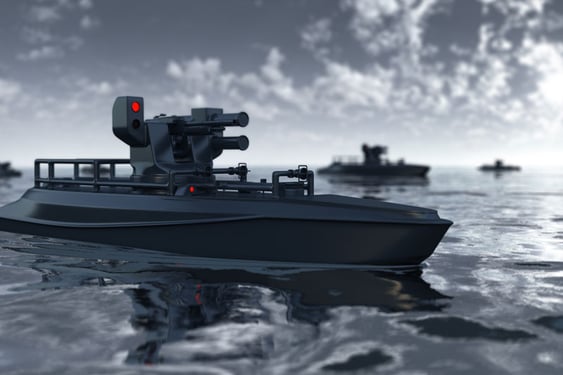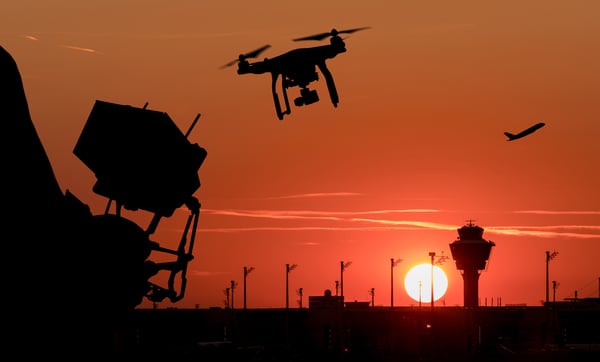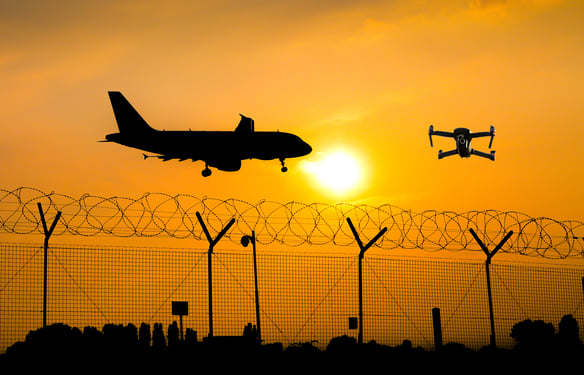Solutions for defense & system integrators
Advanced COTS RF sensor technology allowing military end-users to exploit the EM environment and achieve spectrum dominance
Overview
Since 2007, CRFS has helped integrate RF sensing capabilities into many systems, helping military end users dominate the spectrum. Our partners, including L3Harris, TEKEVER, RAFAEL, and Raytheon, have integrated CRFS RF receivers into air defense, border security, and coastal surveillance systems, as well as onto rotary and fixed-wing ISR drones.
Passive RF capability allows military end users to monitor the RF spectrum, geolocate targets of interest, and gain actionable intelligence—providing a tactical advantage in a highly contested environment.
CRFS takes a consultative approach with our customers, who value the chance to field-test integrations in a controlled environment. We work with business development, program managers, and test engineering teams to co-engineer tailored integration, training, and deployment solutions designed around operating and mission requirements.
Ease of integration
Robust system testing
Proactive field support
Advanced passive RF capabilities
- Ground-Based Air Defense Capability (GBAD)
Support customers with ISR missions
Unmanned systems
Multi-domain operational capabilities
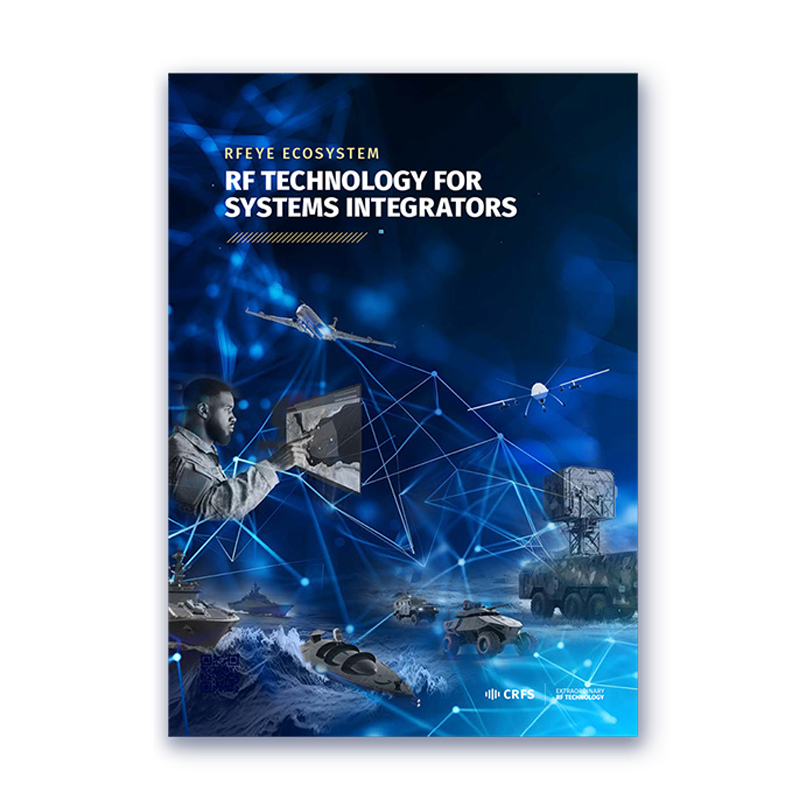
Brochure
RF technology for defense companies and system integrators
Our globally recognized sensor (RFeye Node) technology, software and APIs are designed to help you unlock and interconnect the EMCON, COMINT, SIGINT and ISR programs vitally important to you for enhanced awareness and improved decision-making.
Key benefits
-
TRL 9 hardware & software solutions with a range of EW applications
CRFS’ solutions have been tried and tested in theatre and under mission conditions in the most challenging environments across the globe. They help provide situational awareness and intelligence while assisting defensive and offensive measures.
-
A simple path to achieve spectrum dominance
Achieving spectrum dominance is key to ensuring military superiority. By giving their products passive 3D TDoA capabilities, system integrators can help end users gain valuable spectrum data that can be integrated into C2 systems—providing a tactical advantage.
-
Add capability to existing systems
Fitting existing systems with COTS RF receivers is a robust method of rapidly enhancing the system’s capabilities without having to develop custom solutions from scratch. System integrators can benefit from flexibility, proven performance, support and maintenance, and reduced risk.
-
Increase time to market & revenue by adding key spectrum dominance capability
Using tried-and-tested COTS sensors permits faster development cycles—either bringing a new product to market or modernizing an existing system—and can significantly reduce development and production costs while adding spectrum dominance capability.
-
Ease of integration with a fully documented & integrated API
For bespoke development, customers can leverage CRFS’ APIs (which use a universally recognized format, JSON) to control Nodes via their EMP, GMP, and NCP software. This allows customers to send commands and receive responses based on tailored requirements.
-
Dedicated support & training packages for system integrators
Efficiently incorporating new systems into platforms improves performance and reduces errors. CRFS’ enhanced collaboration ensures we mitigate risks and optimize knowledge transfer—by addressing the how as well as the why.
TRL 9 hardware & software solutions with a range of EW applications
CRFS’ solutions have been tried and tested in theatre and under mission conditions in the most challenging environments across the globe. They help provide situational awareness and intelligence while assisting defensive and offensive measures.
A simple path to achieve spectrum dominance
Achieving spectrum dominance is key to ensuring military superiority. By giving their products passive 3D TDoA capabilities, system integrators can help end users gain valuable spectrum data that can be integrated into C2 systems—providing a tactical advantage.
Add capability to existing systems
Fitting existing systems with COTS RF receivers is a robust method of rapidly enhancing the system’s capabilities without having to develop custom solutions from scratch. System integrators can benefit from flexibility, proven performance, support and maintenance, and reduced risk.
Increase time to market & revenue by adding key spectrum dominance capability
Using tried-and-tested COTS sensors permits faster development cycles—either bringing a new product to market or modernizing an existing system—and can significantly reduce development and production costs while adding spectrum dominance capability.
Ease of integration with a fully documented & integrated API
For bespoke development, customers can leverage CRFS’ APIs (which use a universally recognized format, JSON) to control Nodes via their EMP, GMP, and NCP software. This allows customers to send commands and receive responses based on tailored requirements.
Dedicated support & training packages for system integrators
Efficiently incorporating new systems into platforms improves performance and reduces errors. CRFS’ enhanced collaboration ensures we mitigate risks and optimize knowledge transfer—by addressing the how as well as the why.
Discuss your program requirement with a system integrator advisor

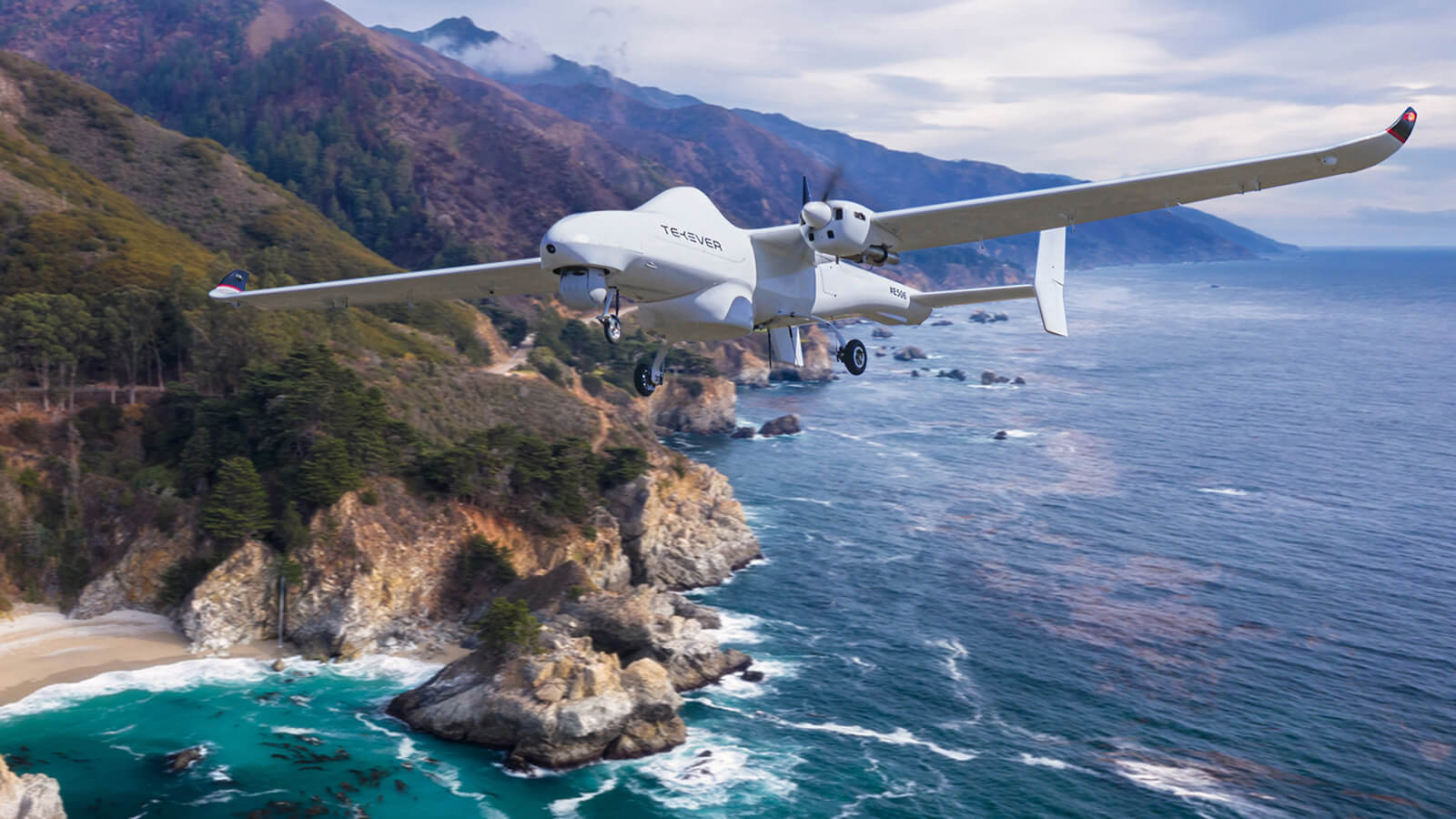
DETECTION & 3D GEOLOCATION OF AERIAL TARGETS OVER WIDE AREAS
How a NATO partner built an air defense platform to increase national security
Read the storyINCREASING LINE OF SIGHT & GEOLOCATING GROUND-BASED TARGETS FROM A LONG DISTANCE
How TEKEVER & CRFS collaborated to fit UAS with ultra-sensitive RF receivers as a payload.
Read the story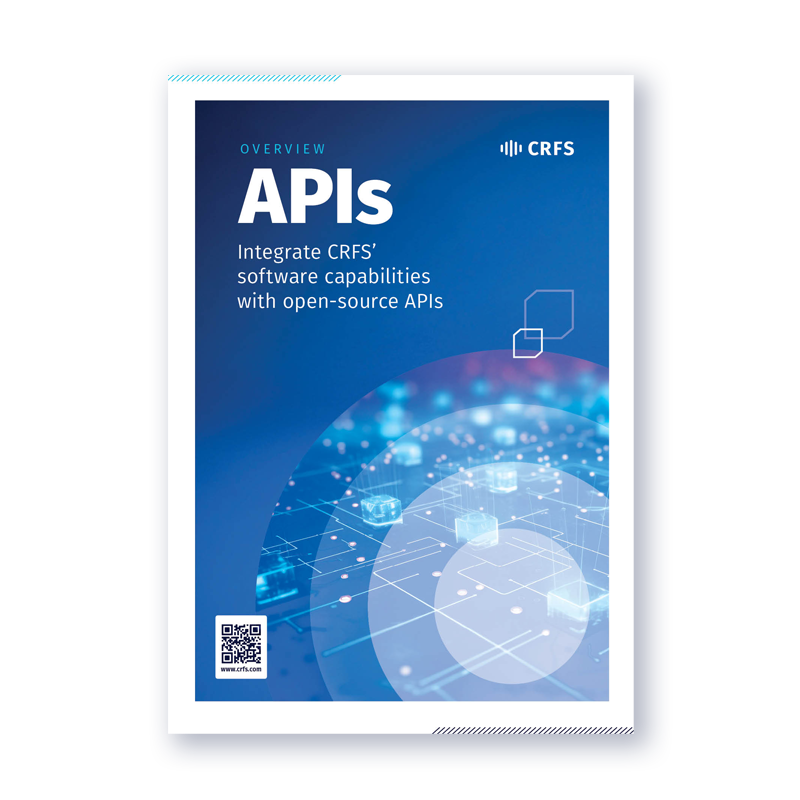
Brochure
CRFS APIs Overview
CRFS provides a range of APIs, and by leveraging them customers can seamlessly integrate the capabilities of CRFS software into their proprietary systems, thereby automating tasks, which would otherwise have to be performed manually.
Recent deployments
End-users and system integrators are using our hardware and software across the globe. Where is your next deployment?
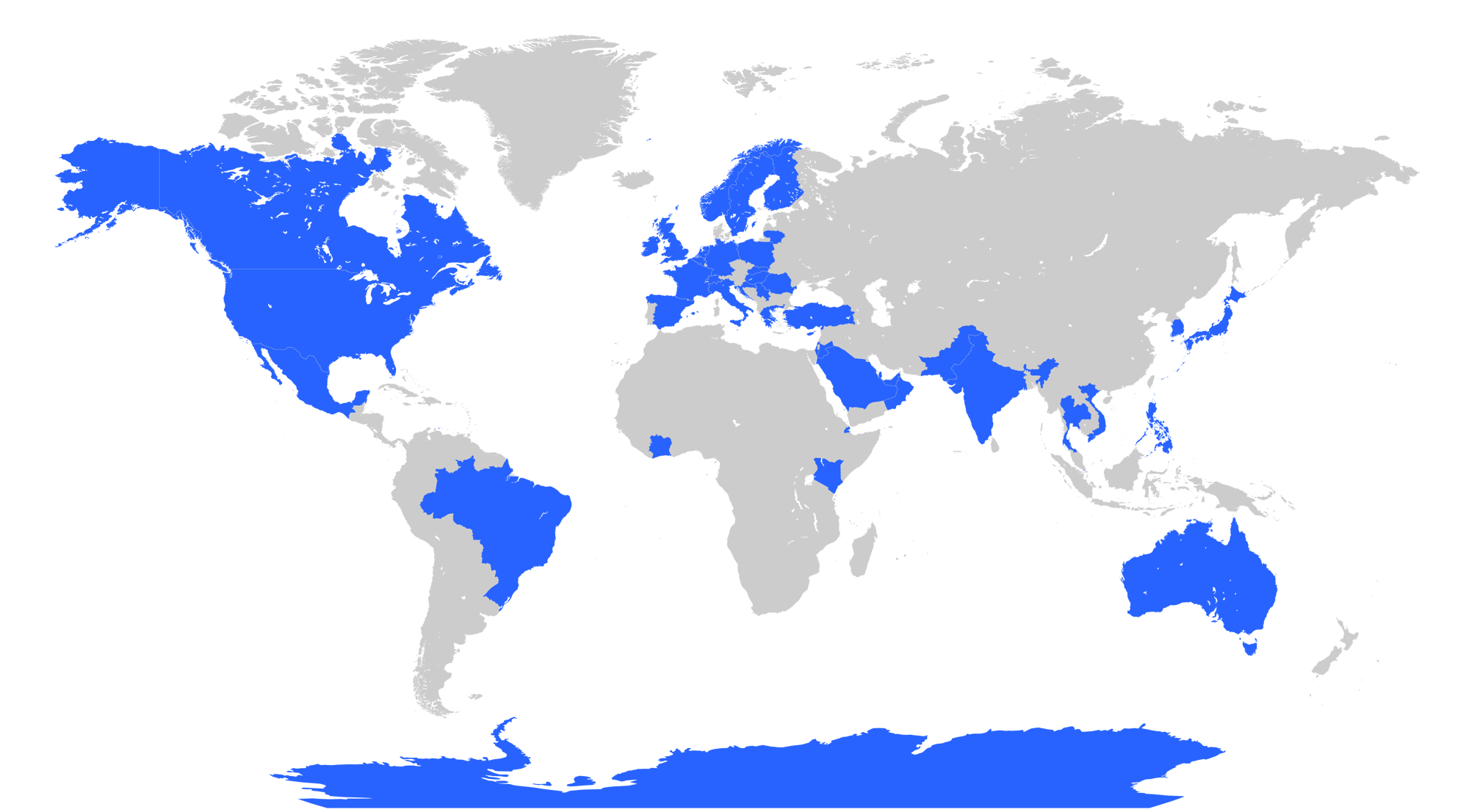
Hardware
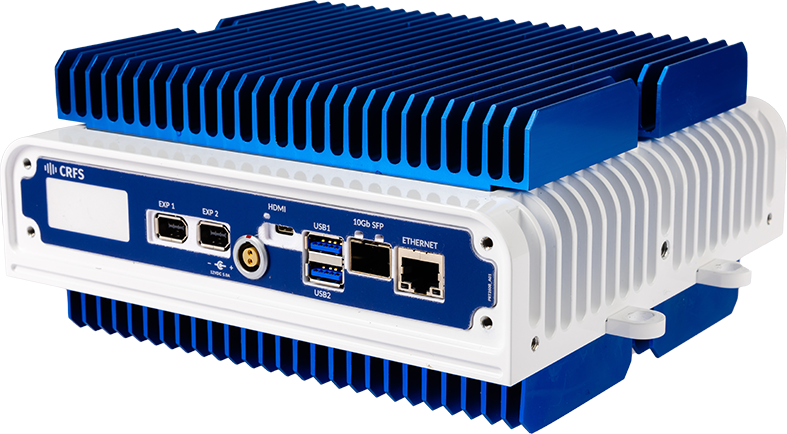
RFeye Node Plus 100-18
Portable, rugged, exceptionally fast RF sensor with full 100 MHz I/Q recording and streaming for enhanced detection, POI and signal intelligence.
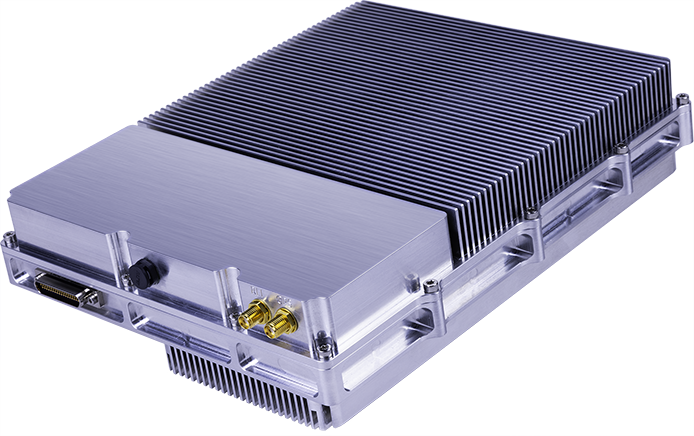
RFeye Node 100-18-LW
High-performance RF sensor for autonomous system integration. An ideal EW / ISR sensor payload enabling real-time spectrum monitoring and I/Q data collection to 18 GHz.
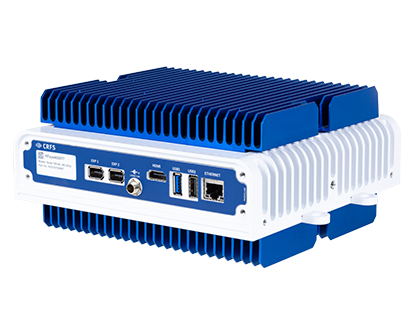
RFeye Node 100-40
RF receiver with a 100MHz instantaneous bandwidth. Packaged in a lightweight weatherproof rugged form, the Node 100-40 delivers 24/7 365 spectrum vigilance for long-term deployment in harsh environments.
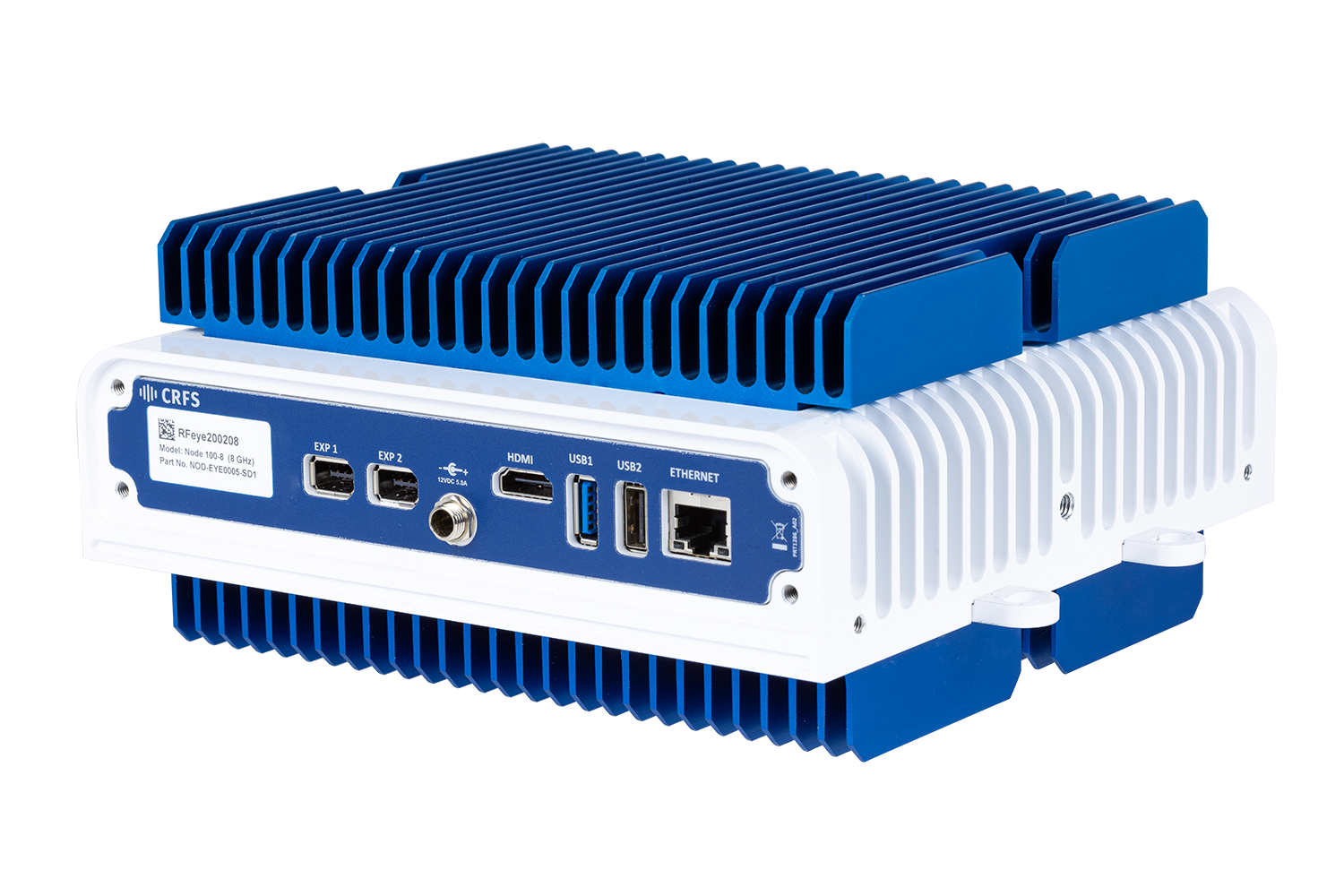
RFeye Node 100-18
The wideband RFeye Node 100-18 is a complete spectrum monitoring and geolocation system. Optimized for size, weight, and power (SWaP), it is simple to connect, power, and network.
Software
A comprehensive software suite to monitor, capture, analyze, geolocate, and report signals of interest. Our solutions provide teams with a complimentary toolkit for complete spectrum visibility.

RFeye Site
RFeye Site is a toolbox to monitor the spectrum in real-time and geolocate signals in complex RF environments.
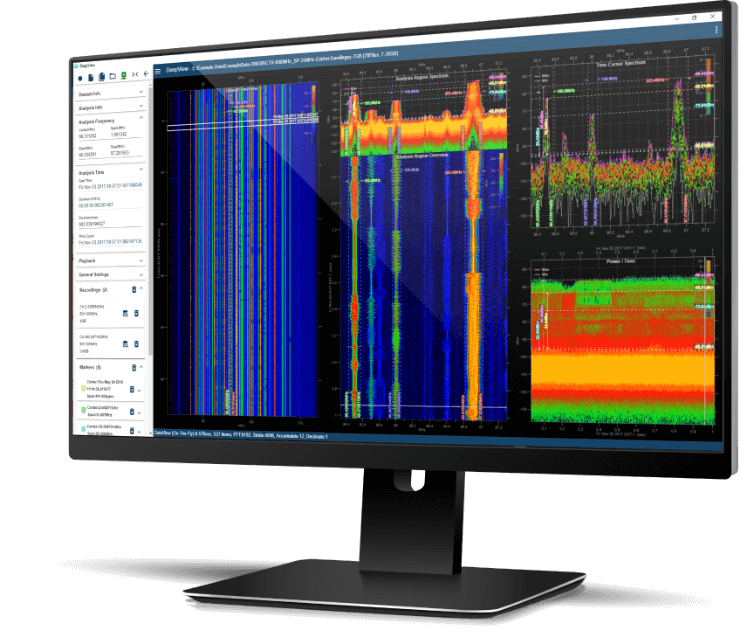
RFeye DeepView
RFeye DeepView is a forensic signal analysis software solution offering a 100% probability of intercept.

Book a call with a system integrator advisor
Let’s discuss your program requirement, TRL-9 solutions, drone integrations and advanced RF intelligence.

